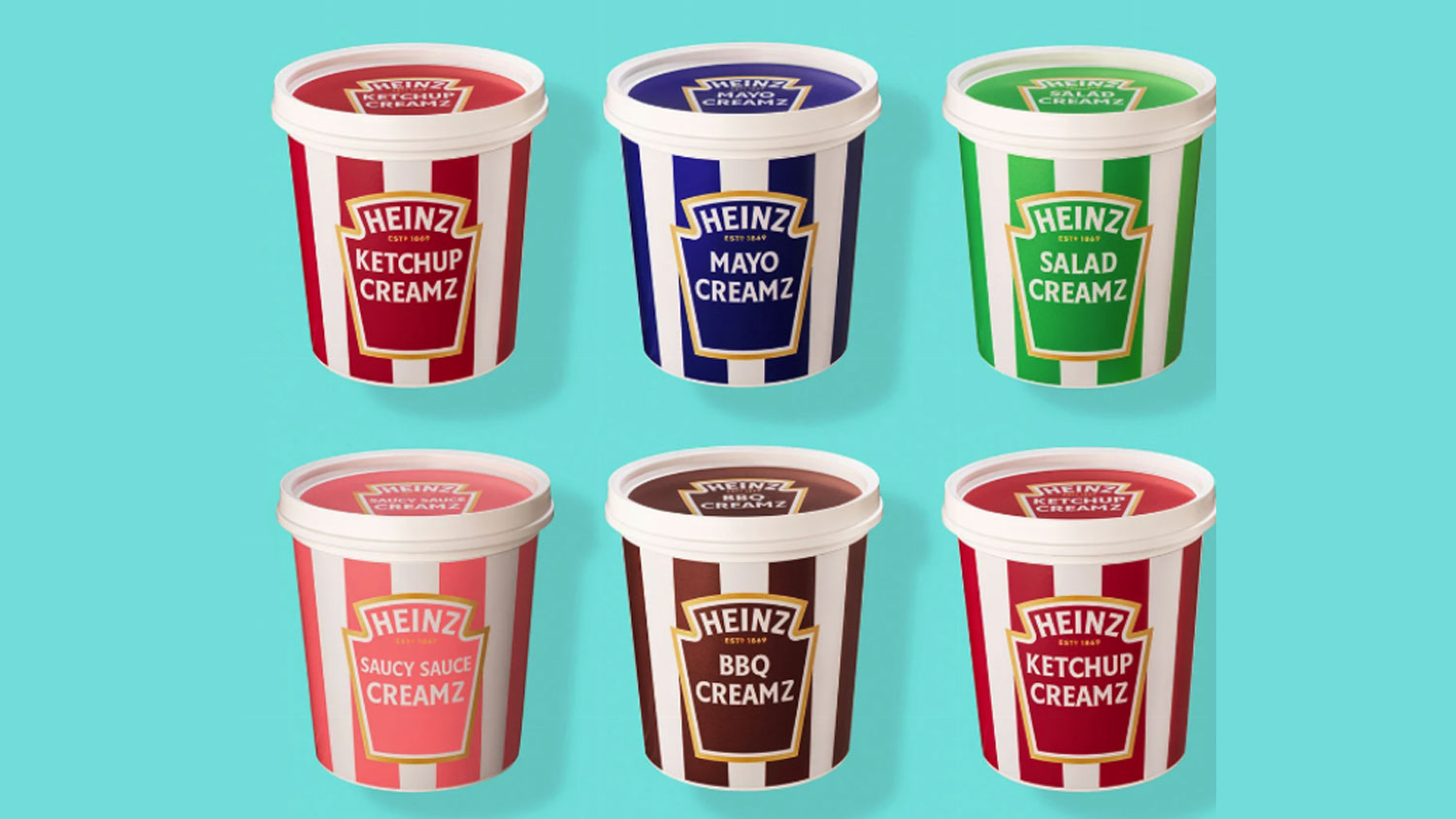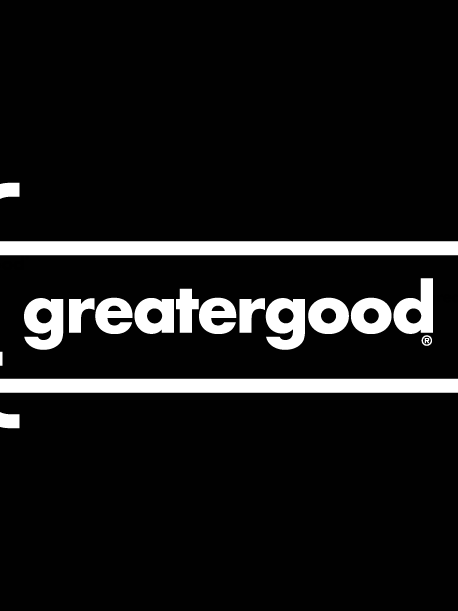In today’s dynamic market landscape, brands are constantly seeking innovative strategies to expand their reach and enhance their product offerings.
One such powerful strategy is brand extension. But what exactly is a brand extension, and why is it significant? Let’s dive into the concept and explore its benefits, challenges, and some real-world examples that illustrate its impact.
What are Brand Extensions?
A brand extension occurs when a company leverages its established brand name to launch new products or enter new categories. This strategy capitalises on the existing brand equity, which includes consumer trust, recognition, and loyalty, to introduce products that might not traditionally belong to the brand’s core offerings.
Type of Brand Extensions
Brand extensions can take various forms, including:
- Line Extensions: Introducing new variants of existing products, such as new flavours, colours, or sizes. For example, a drinks company adding a new flavour to its product line.
- Category Extensions: Expanding the brand into entirely new product categories. For example, a luxury fashion brand launching a line of perfumes or accessories.
- Vertical Extensions: Entering into higher or lower-end markets within the same product category. A car manufacturer introducing both a premium and an economy line under the same brand name is a perfect example.
Benefits of Brand Extensions
- Increased Brand Equity: Successful extensions can enhance the overall brand equity by reinforcing the brand’s image and values.
- Cost Efficiency: Leveraging an established brand reduces the marketing and advertising costs needed to build awareness for the new product.
- Consumer Trust and Loyalty: Consumers are more likely to try new products from a brand they already trust, facilitating faster market acceptance.
- Competitive Advantage: Entering new categories can help a brand stay ahead of competitors and diversify its portfolio, reducing reliance on a single product line.
Challenges of Brand Extensions
- Brand Dilution: Introducing too many extensions or entering categories that don’t align with the brand’s core values can dilute the brand’s identity and confuse consumers – feeling like a money grab.
- Cannibalisation: New products might eat into the sales of existing products, leading to internal competition rather than market expansion.
- Quality Control: Maintaining the same level of quality across diverse product lines can be challenging and impact the brand’s reputation if not managed properly.
10 Examples of Brand Extensions
1. Barbie
Where did it start? Dolls for children
What were the brand extension(s)? Games, Software, Beauty Products, Magazines, and finally a film.
One of the most successful brand extensions of our time. Creating an entire brand experience from the Barbie ‘brand’, and making Barbie relevant again for children and adults alike.

2. Dyson
Where did it start? Vacuum Cleaners
What were the brand extension(s)? Commercial Drying Units, Air Purifiers, Hairdryers, Straighteners, Headphones & Lighting.
When James Dyson set out on his mission to create a vacuum cleaner which didn’t diminish in its performance, it would have been a very tough guess to imagine that the brand 20 years later would be making waves in the beauty industry.

3. Virgin
Where did it start? Mail Order Records
What were the brand extension(s)? Gaming, Airline, Balloon Flights, Publishing, Radio, Drinks, Vodka, Cinema, Festival, Cosmetics, Mobiles, Gyms, Financing, Wines, Energy, Trains, Experiences, Space Travel, Casinos, Media, Startups, Hotels, Cruises & More!
A true pioneer of brand extensions Richard Branson’s success demonstrates Virgin’s ability to diversify successfully across countless industries – leveraging its strong brand identity and innovative spirit.

4. Heinz
Where did it start? Ketchup
What were the brand extension(s)? Sauces, Meals, Snacks, Baby Food, Ice Cream
An iconic FMCG brand – Heinz has successfully extended out of its initial category, maintaining its cult brand icon status to even launch a range of ice cream in 2024.

5. Apple
Where did it start? Apple Computer
What were the brand extension(s)? Laptops, Phones, Tablets, Earphones, Watches, Wearable Tech & More
Apple’s brand extensions revolutionised technology and consumer electronics, setting new standards for innovation and user experience across multiple industries.

Brands can drive innovation with brand extensions by leveraging their established reputation and consumer trust to explore new product categories and markets. By introducing new variants or entirely new products or services under a familiar brand name, brands can push the boundaries of their core offerings and meet emerging consumer needs.
Successful brand extensions often lead to groundbreaking products and services, driving market trends and setting new industry standards.
Are you working on a brand extension project and looking for some support?
We’ve helped brands across a wide range of categories and markets to strategically expand their offerings and gain standout.

Greatergood Brands®
Daniel Hinde is the Founder & Creative Director of Greatergood Brands. Daniel has over 20 years commercial experience building brands for global household names and disruptive challenger brands.
Sign up to our building better brands newsletter
Free insights for scaling brands









